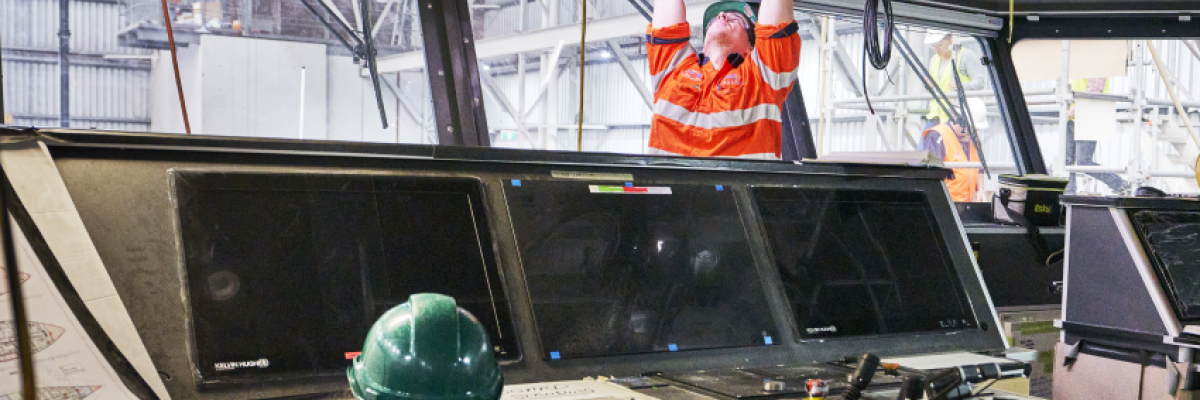Combat systems engineer


Combat systems engineers design, develop, install, and test critical components used in warfare equipment, weapons, and sensors. They work on advanced technologies, such as radar and infrared targeting systems, which are utilised in military technology, aircraft, marine vessels, and ground-based vehicles.
Combat systems engineers contribute to enhancing the effectiveness and capabilities of combat systems, ensuring they operate with precision and reliability in defence operations.
These qualifications provide pathways to higher education and achieving your desired occupation.
To become a combat systems engineer, you usually need to study a Bachelor or higher in:
Low end – $105,000
High end – $180,000
Source: Kinexus Defence Industry Insights Tenth Edition.
Low end salary is based on positions with 1–3 years of experience, and High End salary is based on 15 - 20 years of experience.
Total Salary Package = Full-time annual equivalent of base salary or rate plus statutory superannuation and any other remuneration applicable to the role (before tax).
Salaries may vary based on scope and level of responsibility. Certain occupations may experience higher total salaries than listed due to receiving bonus or commission payments.
For skill sets or qualifications not currently delivered by a Western Australian training provider, complete an Enquiry form to express your interest in future delivery.